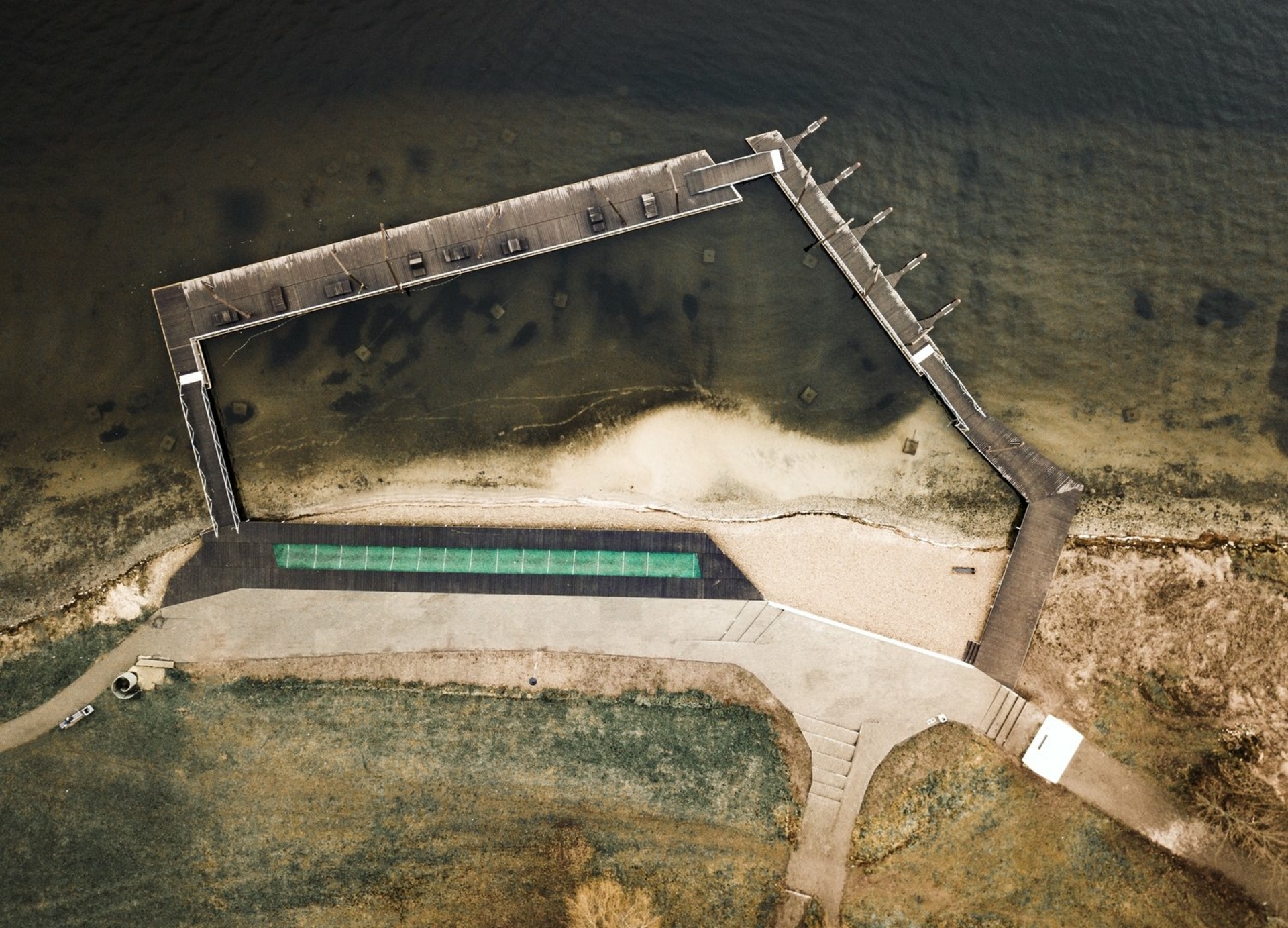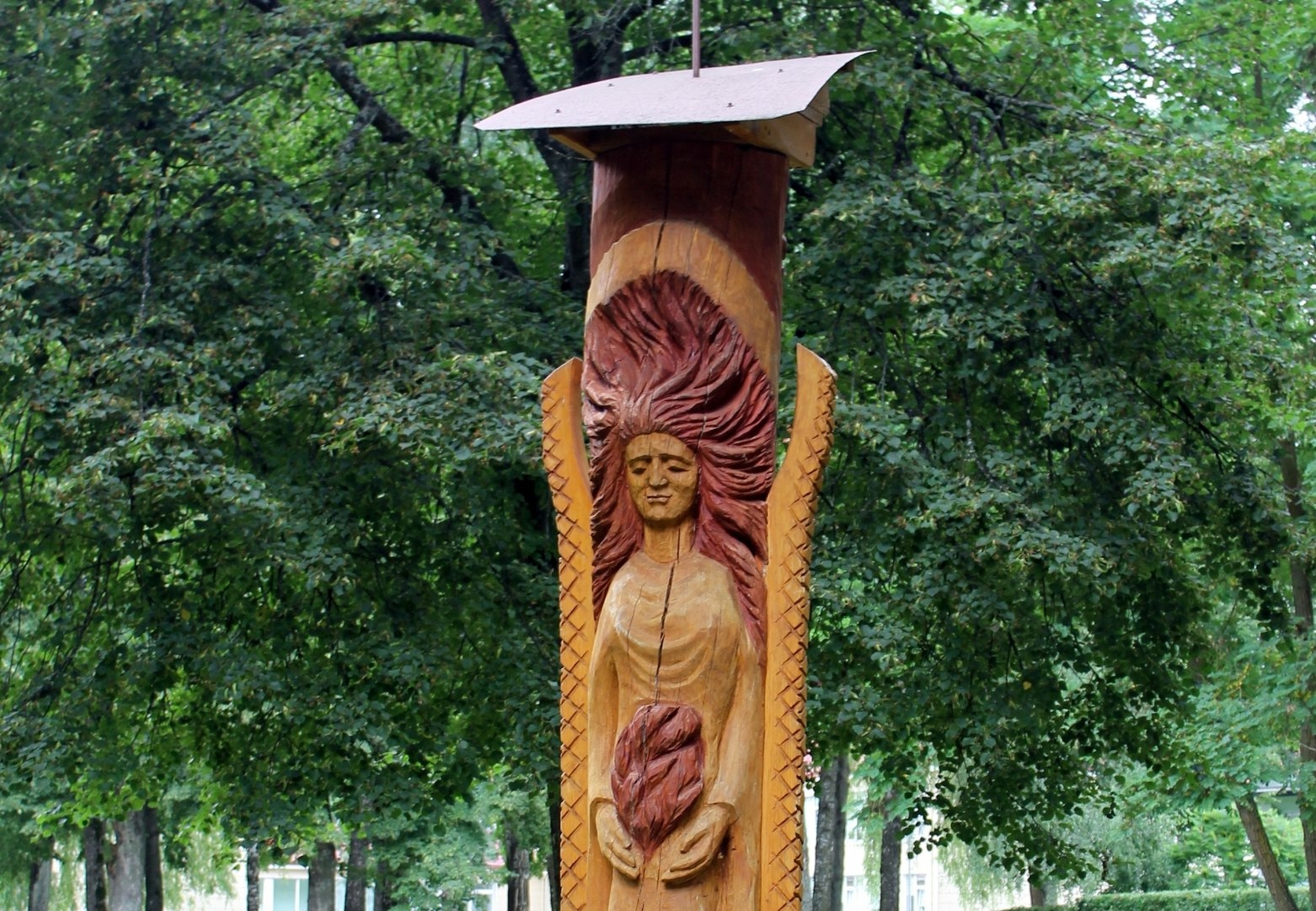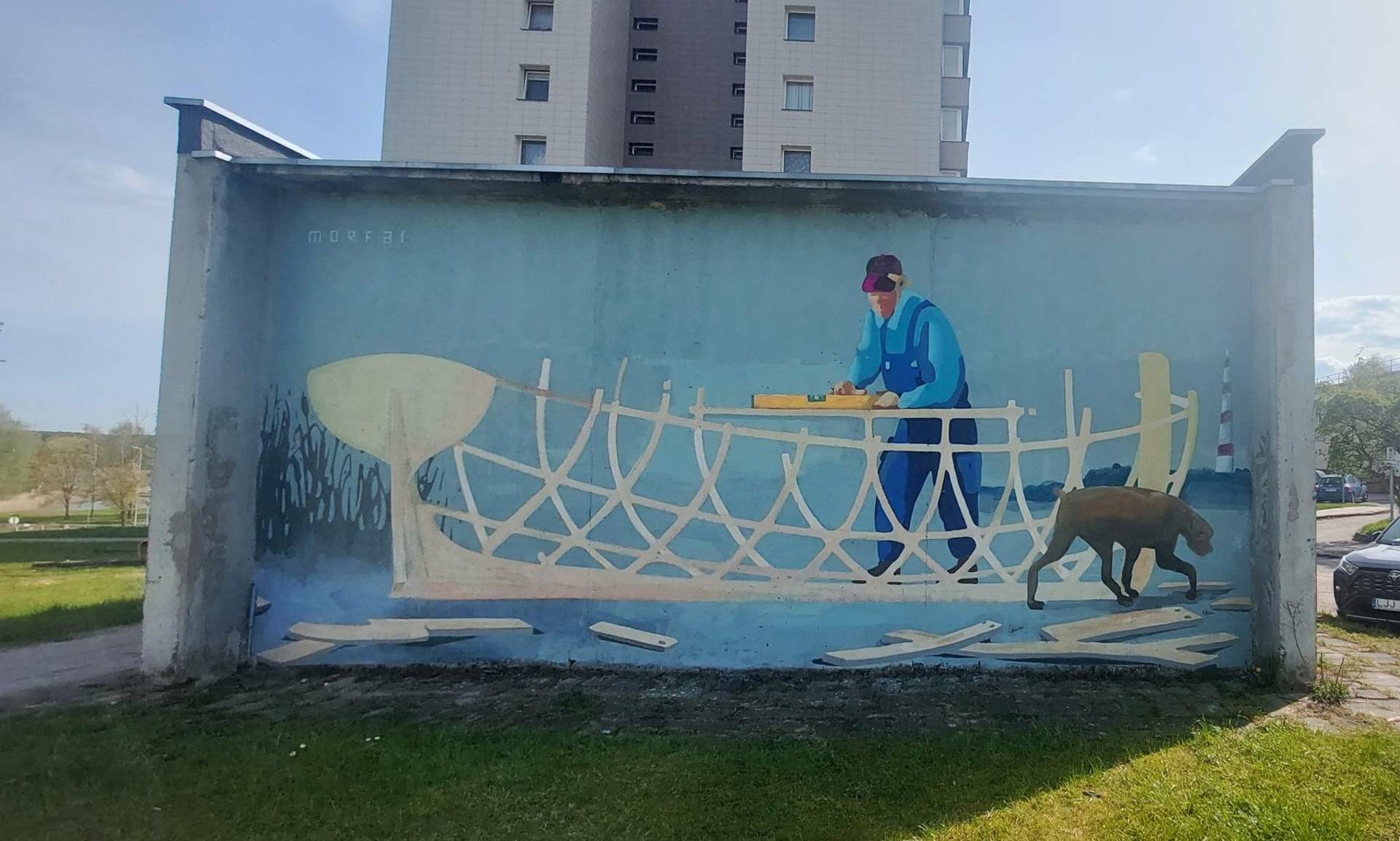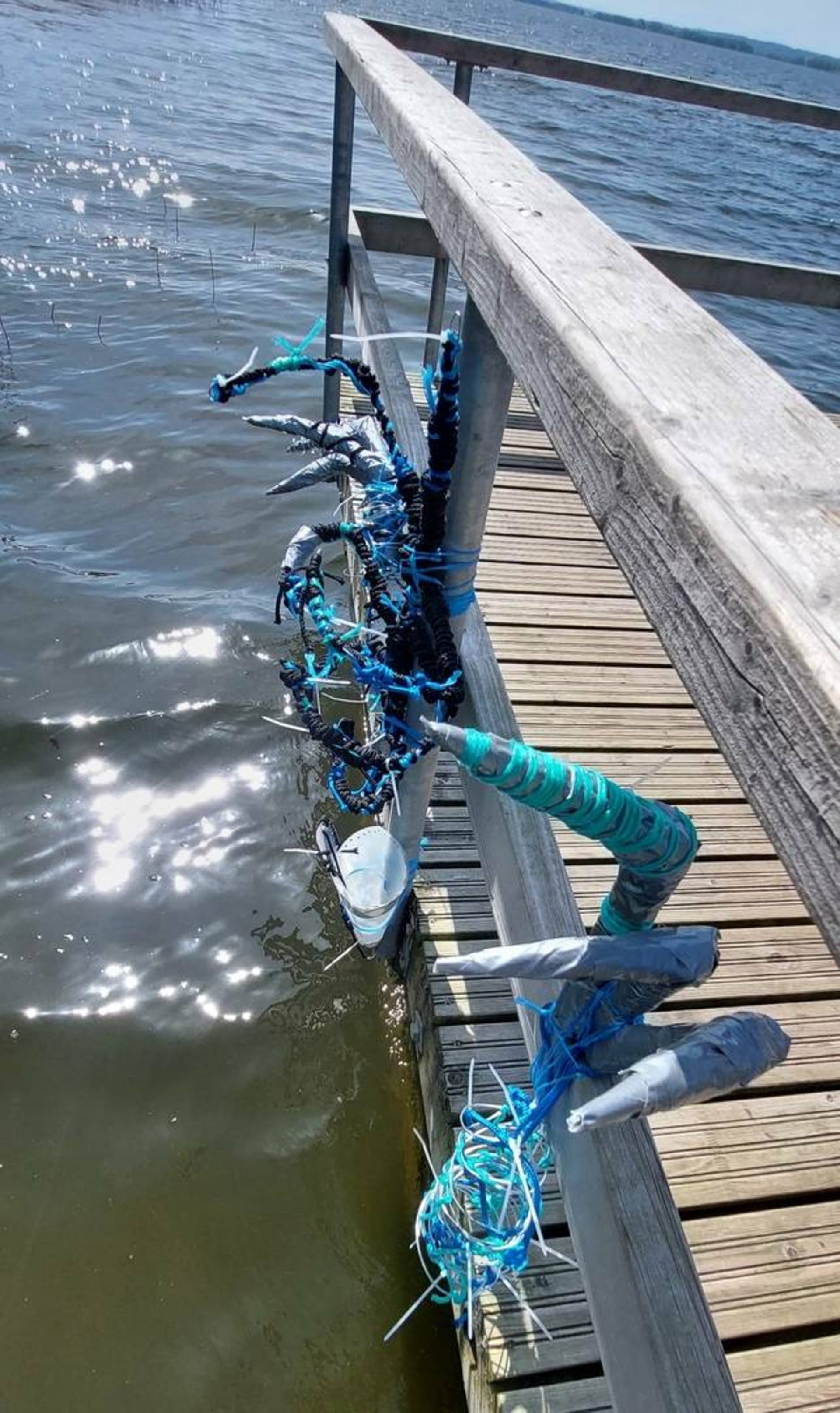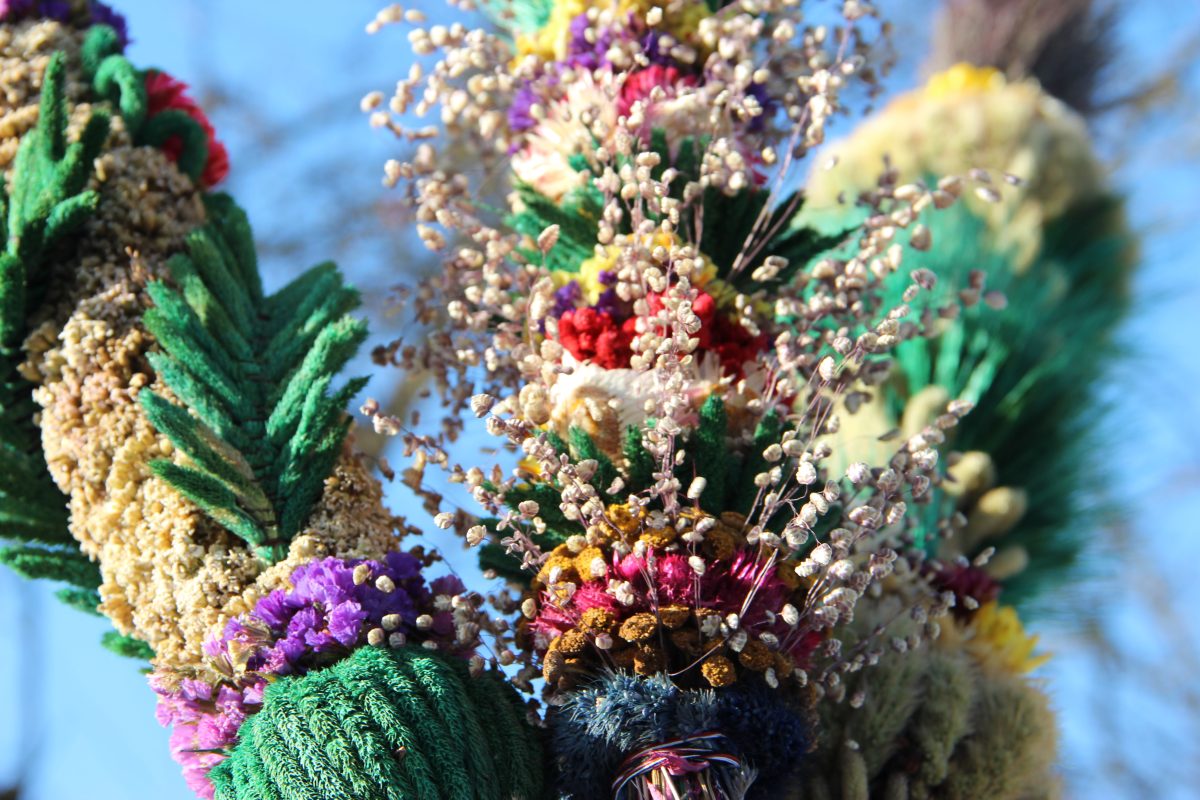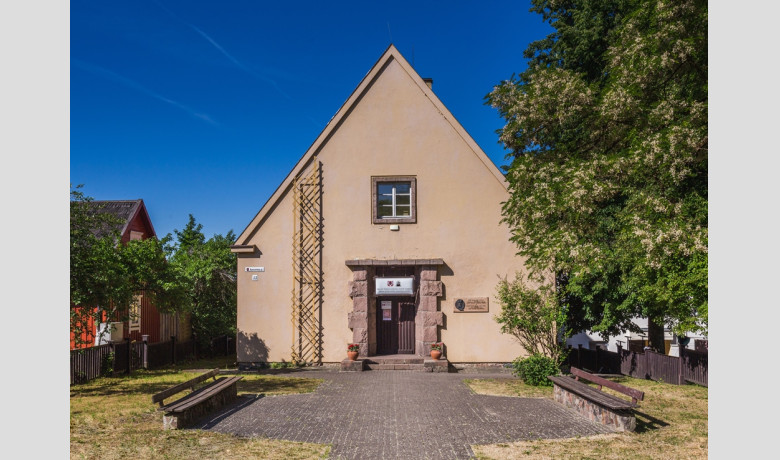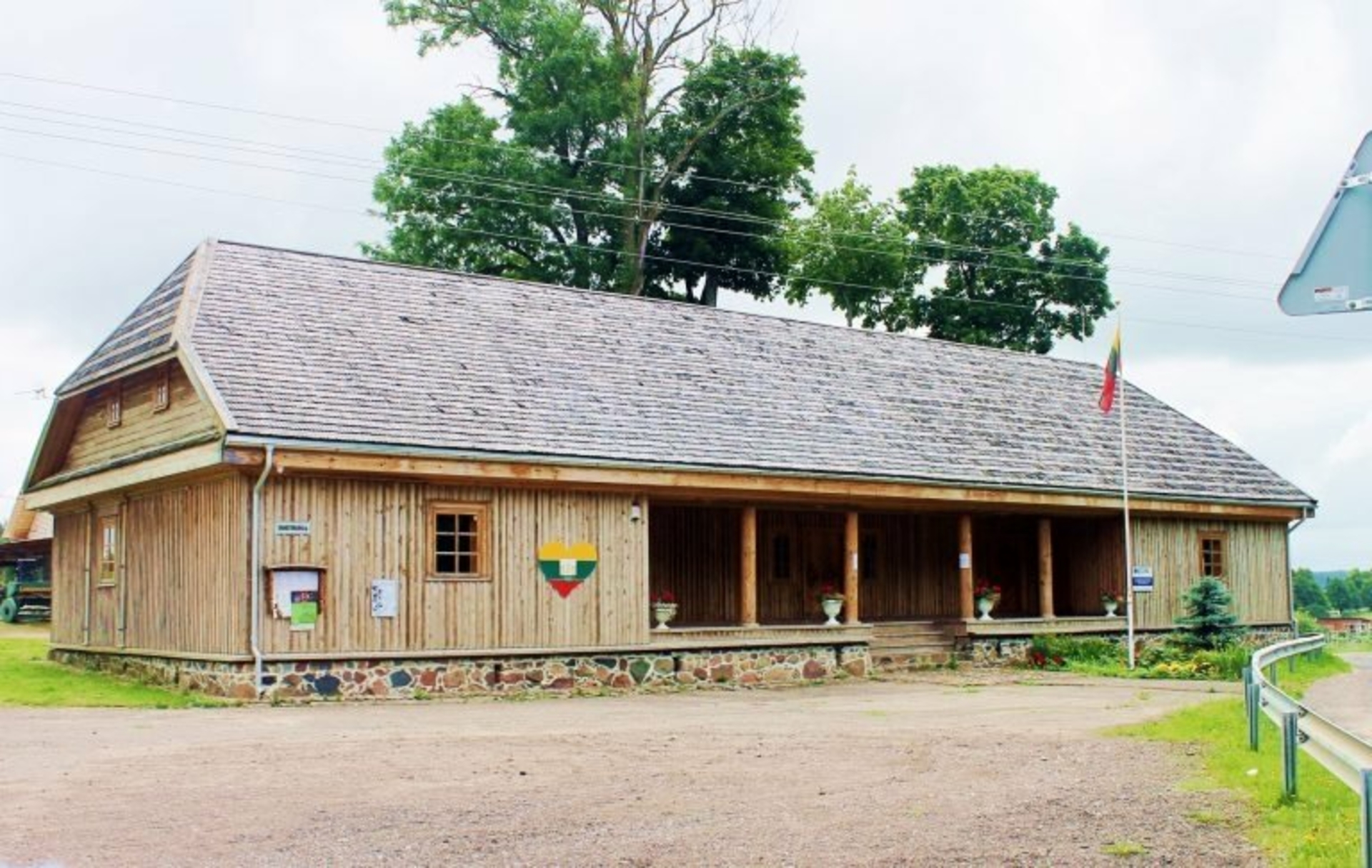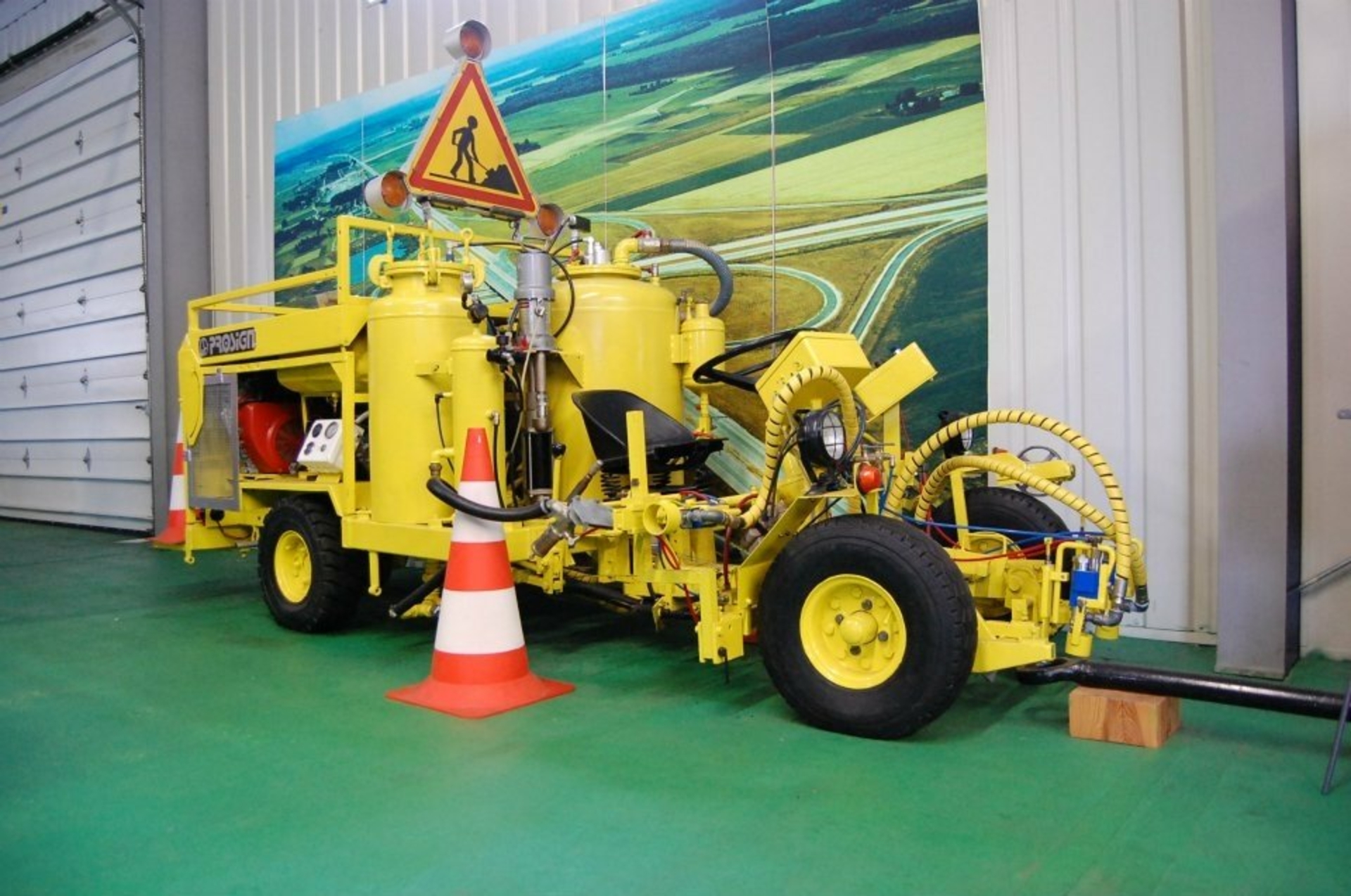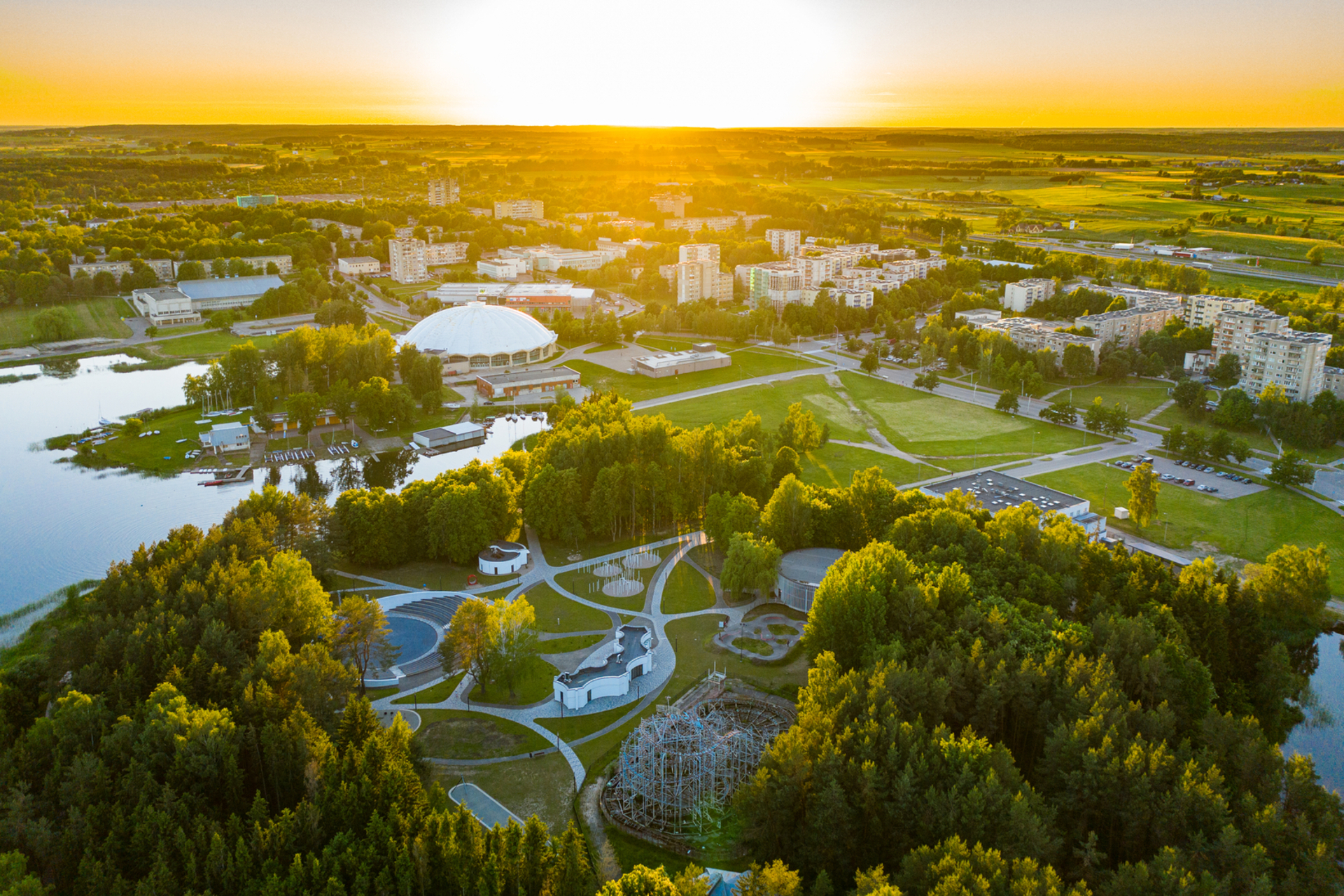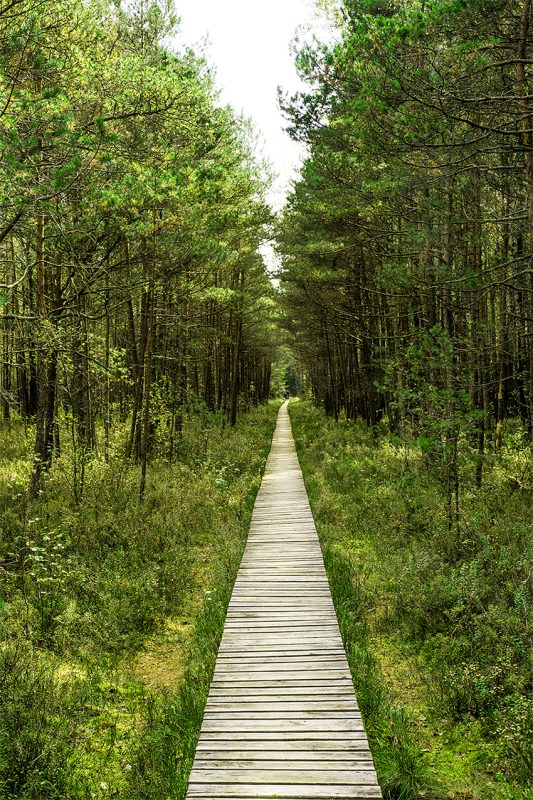Stretching through the Varnikų Botanical-Zoological Reserve, the 5 km long cognitive path offers nature lovers a chance to explore and admire its impressive biodiversity.
Located in the southern part of the Trakai Historical National Park, within the Trakai Forestry District and Lentvaris Forest District, the Varnikų Reserve covers an area of about 611 hectares, most of which (450 ha) is forest, and 207 ha is the Ilgelis swamp. In the northern part of the reserve, on a hill by Lake Skaistis, grows a very old oak forest, estimated to be 200 years old! The adjacent naturally formed mixed forest is also captivating with its centuries-old spruces and pines. Around 30–60 years ago, young spruce and pine stands began to be planted on the edges of this forest. It is noteworthy that the Varnikų Reserve contains a core forest habitat, an area unaffected by human activity, home to endangered, rare, or otherwise unique plant species. Several areas within the reserve are designated as part of the unified protected territories of the European ecological network "Natura 2000."
The cognitive walking path leads not only through beautiful forests but also through diverse meadows, the impressive Ilgelis swamp, and its small lakes. For visitors' convenience, the Trakai Forestry District has installed pavilions with benches, three viewing platforms, and ten rest stops in the most beautiful and hard-to-reach areas of the reserve. Visitors are encouraged to take breaks and learn from the information panels in Lithuanian and English about the local landscape and its formation, the Varnikų Reserve, and the activities of the Trakai Forestry District. One of the viewing platforms offers a chance to admire the different ecosystems of the reserve: an oak forest at the hilltop, mixed forests on the slopes, and a wooded swamp at the base.
Most of the cognitive path meanders along a dirt forest trail. However, almost 1.5 km of the path crosses difficult-to-access swamp areas! To ensure visitors' safety and provide a unique opportunity to walk through this exceptional nature, a wooden path almost 1 meter wide has been built. Interestingly, aspen wood was used for the path, known since ancient times for its high moisture resistance.
Reaching the reserve by car, on foot, or by bike is easy. Just follow the signs to the Varnikų cognitive path. At the start of the route, there is a parking lot, a children's playground, and other visitor amenities. Symbolically, the path begins with
wooden gates.
Nature Conservation
The Trakai Historical National Park Directorate aims to preserve the biodiversity of this area and create favorable conditions for its growth. The purpose of establishing the Varnikų cognitive path is to protect the old forest and swamp and their unique flora and fauna. The path, installed by the Trakai Forestry District, helps direct visitor traffic to ensure the conservation of nature and prevent haphazard visits.
Protected Biodiversity
The Varnikų Botanical-Zoological Reserve is the best-researched part of the Trakai Historical National Park. More than 600 different higher plant species have been found here, 16 of which are included in the Lithuanian Red Book.
The number of moss species in the reserve is impressive – there are 118 of them. Four moss species are protected throughout Lithuania. The reserve also contains fungi listed in the Red Book.
However, scientists have noticed that some lichen species that grew here fifty years ago are now difficult to find. Many rare lichens indicate a special value of the forest, as they are associated with core forest habitat species. This flora is endangered and protected in all European countries.
The forests and swamps in the Varnikų Reserve are rich in fauna. Mammals such as foxes, martens, badgers, hares, deer, roe deer, and wild boars find refuge here. It is not uncommon to see an adder, also known as a viper, sunbathing on a clump of sphagnum moss. The reserve is home to 15 protected insect and beetle species. The Great Royal Dragonfly and the Cruel Darter, among others, are listed in the Red Book. Unique butterflies and moths can also be observed here. The cranes and hoopoes living in the reserve are protected throughout Lithuania. The reserve is also home to many songbirds such as warblers, nightingales, thrushes, and orioles, as well as birds of prey belonging to the owl, hawk, and falcon families.
Ilgelis Swamp
In the southern part of the Varnikų Reserve, the Ilgelis swamp covers about 207 hectares, through which a nearly 1.5 km long wooden path has been laid. The swamp contains four relic lakes: Baluošas, Bevardis, Piliškiai, and Ilgelis. It is said that they are remnants of a single large lake! Interestingly, the lakes in the Varnikų Reserve are blind – they are fed by the surrounding swamps, whose water level is 1 meter higher than that of Lake Bernardinai (Lukos). Thus, the excess water from the Ilgelis swamp flows into the lake.





 Entertainment
Entertainment
 Food establishments
Food establishments





























 54.647053, 24.970273
54.647053, 24.970273
 Get directions
Get directions









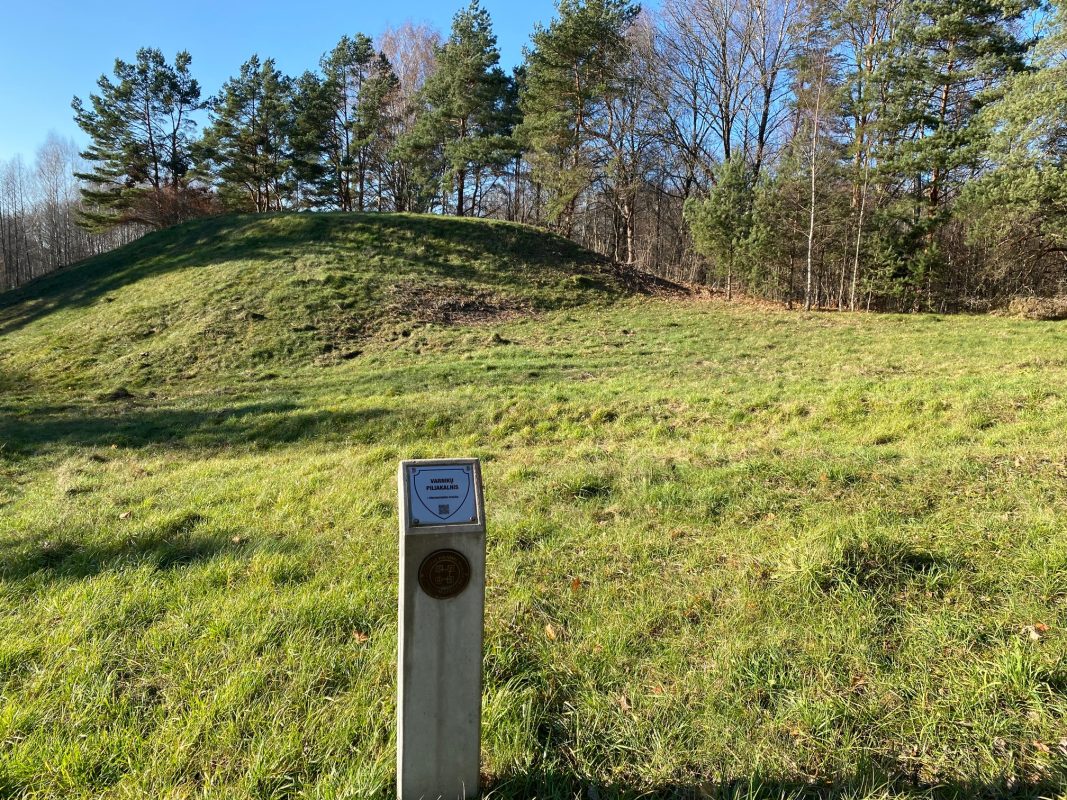
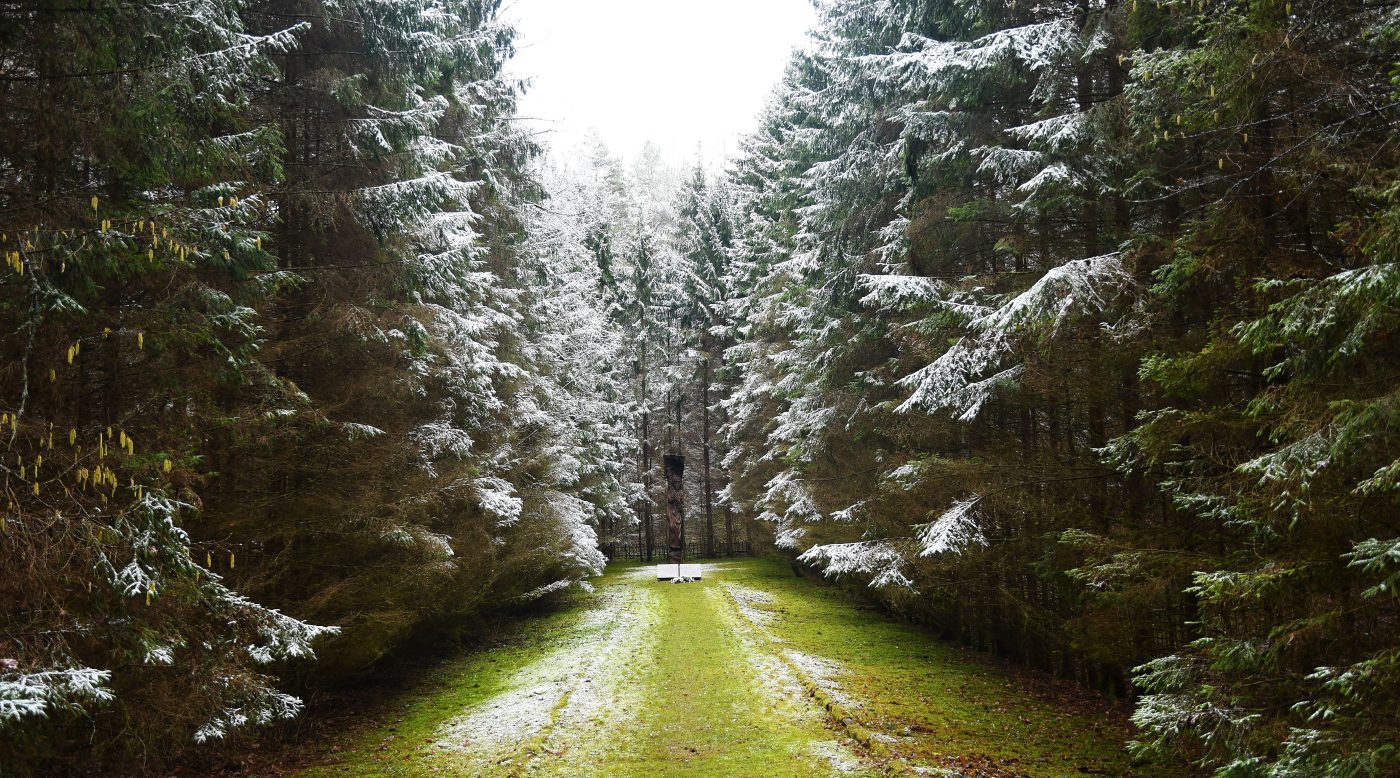
.jpg)

